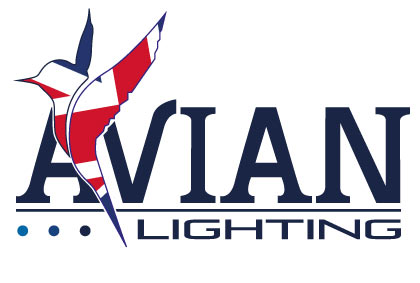Comparison of LED Lights

Go green – Save money!
Light Emitting Diodes
We have been breeding captive bred birds for thousands of years. To breed birds the conditions must be natural or replicate nature. If we breed in captivity we are responsible for the birds well-being unconditionally.
Conditions must include:
· Peak condition
· High quality housing
· High Quality food
· Clean water
· Bathing water
· Supplements to ensure what they miss from the wild
· Lighting
· Cleanliness
I am sure you can add to the list of requirements.
The weather in this country is at best OK at worst dreadful, to counter this many of us in the hobby have used lights and heat. The natural light levels are inconsistent, it can be dark in the middle of summer which means chicks do not receive enough food. The light levels in the bottom cages have always been an issue and in some cases they are unusuable To counter this breeders have installed lighting in their cages, aviaries or bird rooms.
Originally we used Incandescent Light Bulbs then Fluorescent Tubes and Compact Fluorescent’s or a combination of these. Some of these types of lights have been around for a hundred years and have many serious issues (see comparisons). LED lights are modern, flexible, inexpensive to run and efficient. Most governments have made a commitment over a short timeline to change to LED’s many of us are seeing LED lights installed on roads, street lights, automotive industry, shops, industry, hotels and offices.
The reasons for the change from old to LED are the fact that LED’s are efficient, stable, cost effective, clean, produce very little heat and are healthy.
| Energy Efficiency & Costs: |
LED: | Incandescent: | Fluorescent |
|---|---|---|---|
| Life Span (Average) |
50000 Hours |
1200 Hours |
8000 Hours |
| Watts Used | 6 – 8 Watts |
60 Watts |
13 – 18 Watts |
| Kilo-Watts Used | 329 kW Per Year |
3285 kW Per Year |
767 kW Per Year |
| Annual Costs (Approx) |
£20 Per Year |
£207 Per Year |
£67 Per Year |
| Environmental Impact |
LED: | Incandescent: | Fluorescent |
|---|---|---|---|
| Contains Mercury? |
No | No | Yes |
| RoHS Compliant? |
Yes | Yes | No |
| Carbon Dioxide Emissions: (Approx) |
451 Pounds Per Year |
4500 Pounds Per Year |
1051 Pounds Per Year |
| Important Facts |
LED: | Incandescent: | Fluorescent |
|---|---|---|---|
| UV Emissions? |
No | Yes | Yes |
| Sensitive to Low Temps? |
No | Some | Yes |
| Sensitive to Humidity? |
No | Some | Yes |
| On/Off Cycling? |
No Effect |
Some Effect |
Reduces Lifespan |
| Turns on Instantly? |
Yes | Yes | No |
| Durability: | Extremely Durable |
Glass or filament can break easily |
Glass can break easily |
| Heat Emitted: |
3.5 BTUs Per Hour (Luke Warm) |
85 BTUs Per Hour (Extremely Hot) |
30 BTUs Per Hour (Very Hot) |
| Failure Consequences: |
Not Typical |
Can shatter or burn |
May catch fire, smoke or odour |

